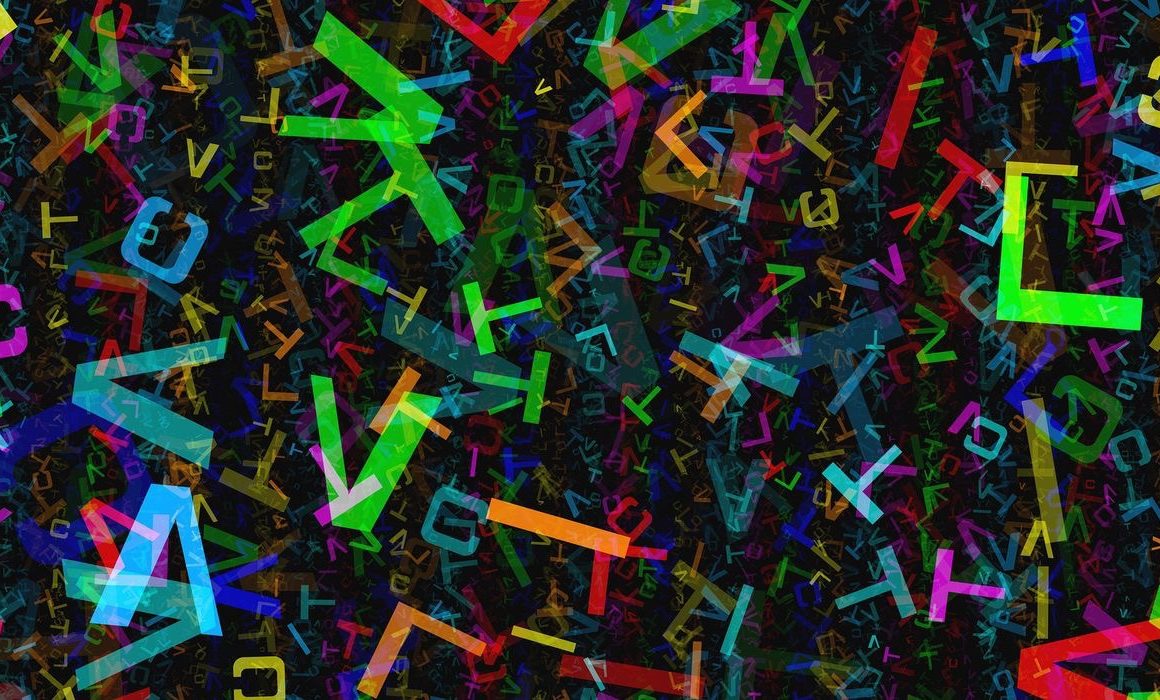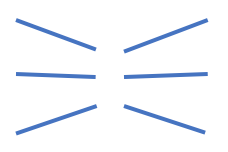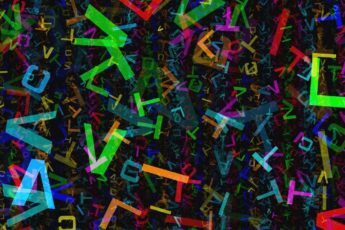
READING TIME: 3 MIN
One of the scariest things about raising a kid like Gabriella is that she has a language all her own.
Like travelers in a foreign land, Lisa and I have spent 22 years learning to distinguish among different intonations: which ones mean pain, which hunger, which just boredom. The latter, which we call the whinge, has always been the most frequent (and the most grating).
We figured out the main causes of her fear, most often loud noises, although this varied, too. Thumping music at a party has always brought tears, while thunder (and, sadly, crying babies) were more likely to make her giggle.
A sudden sting – like when we pulled her hair while snapping a bib we snapped behind her neck – led to a pout. This was the most adorable face in her repertoire, and it usually made us laugh. But this, it turned out, was a terrible insult. We soon concluded that hurt feelings, more than any other hurt, were most likely to make her cry. (We still had quite a time suppressing our laughter.)
One of our great dilemmas has been that even when we know she’s in pain, it’s nearly impossible to determine whether her stomach hurts, or her head, or a limb. Gabriella suffers from osteopenia, resulting in reduced bone mass, and she’s had hairline fractures in her legs and feet. Each time, it took gentle movements of her limbs and joints to locate the source of her pain.
But much of Gabriella’s communication is more jolly. Over the years, she has learned different syllables, a La and a Buh-Buh and a Da-Da (I like that one), as well as a Ducka-ducka and a Wha-Wha-Wha and noises as if she’s gargling or making raspberries. These notes evolve and blend into a merry composition, and I love to sing her sounds back to her, conversing in her language.
A few years ago, two boys in her classroom taught her to make a loud kissing sound. Gabriella saves this smack of affection for people she wants to thank or honor. Soon after that, she debuted the whoopee sound, a boisterous “whoo-ee”. This indicates pure joy, and we get a form of it every so often. It brings smiles all around.
But as much as I love the whoo-ee and the kiss, my favorite is the click.
It’s been fifteen years since Gabriella let out her first clicking sound. She grins and her eyes grow wide and she uses her tongue to emit a click. In fact, I’ve found that it’s impossible to click without smiling.
The click is Gabriella’s sign of happiness. It means everything is okay. Sometimes it’s also her word for Yes.
The click has magical powers. It’s nearly impossible not to cheer up when she clicks at you, no matter what you’re facing. When friends or family come to visit, they beg her for a click. Often she obliges, with a mischievous twinkle in her eye. Those who receive one are filled with delight themselves. I still feel the pleasure myself, as I did just minutes ago, when she looked up at me as I sat typing and clicked. And it’s a fun sound to make (sometimes I find myself clicking at our cat).
Because the click has long been Gabriella’s special sound, I decided to memorialize it in another way. In greeting cards from Gabriella to Lisa (which I will write on her behalf for the rest of her life), in addition to the standard ooo and xxx for hugs and kisses, I invented a symbol for clicks, which my wife receives for every occasion. So to thank you for reading this week’s post, here are some Clicks for you:







Leave a Comment